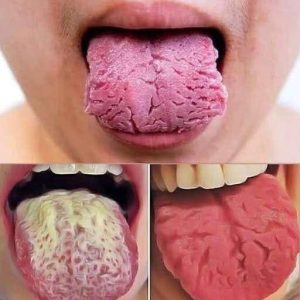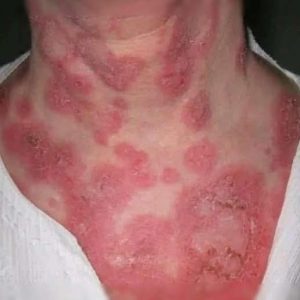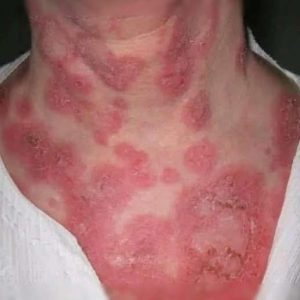Are your once-shiny baking sheets looking a bit worse for wear, covered in stubborn burnt-on bits and unsightly stains? Don’t toss them out just yet! With a few simple ingredients and a little effort, you can bring your baking sheets back to life, making them look almost new again. This detailed guide will show you exactly “How To Restore Burnt And Stained Baking Sheets” using methods that are effective, safe, and friendly for both your wallet and the environment.
Why Giving Your Baking Sheets a Makeover Matters
Restoring your baking sheets isn’t just about making them look good; it offers several significant benefits:
Save Money: Why spend extra cash on brand-new baking sheets when your current ones still have plenty of life left in them? Cleaning them up means “No need to replace expensive baking sheets when you can clean them up.” This simple act of restoration can save you a surprising amount of money in the long run.
Environmentally Friendly: In today’s world, reducing waste is more important than ever. By choosing to clean and reuse your baking sheets instead of discarding them, you’re making a positive impact. “Reducing waste by reusing instead of replacing is better for the planet.” It’s a small step that contributes to a healthier environment.
Improved Performance: A clean baking sheet isn’t just prettier; it also performs better. When your baking sheet is free from baked-on residue, it heats more evenly, which helps your food cook perfectly. Plus, “A clean baking sheet ensures even cooking and prevents sticking,” making your culinary adventures much smoother and more enjoyable.
What You’ll Need for the Transformation
Before you start, gather these common household items. You might already have most of them in your pantry or cleaning cabinet:
Baking soda: A versatile cleaner and odor absorber.
White vinegar: Great for cutting through grease and grime.
Dish soap: Your everyday dishwashing liquid.
Hydrogen peroxide (optional): Excellent for tackling those really tough, set-in stains.
Bar Keepers Friend or similar cleaning powder (optional): A heavy-duty option for stubborn marks.
Steel wool or scrubbing pads (fine-grade, non-abrasive): Be sure they’re gentle enough not to scratch your pan’s surface.
Microfiber cloth or sponge: For wiping and general cleaning.
Plastic wrap (for paste method): To help pastes work their magic by keeping them moist.
Elbow grease: Unfortunately, as the saying goes, “no shortcuts here!” A little physical effort will be required.






